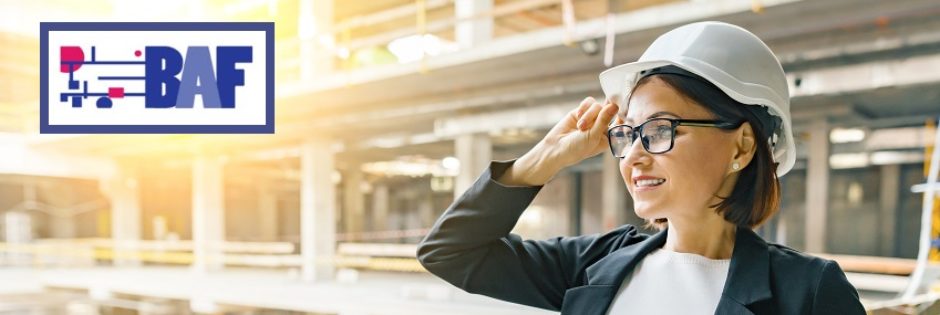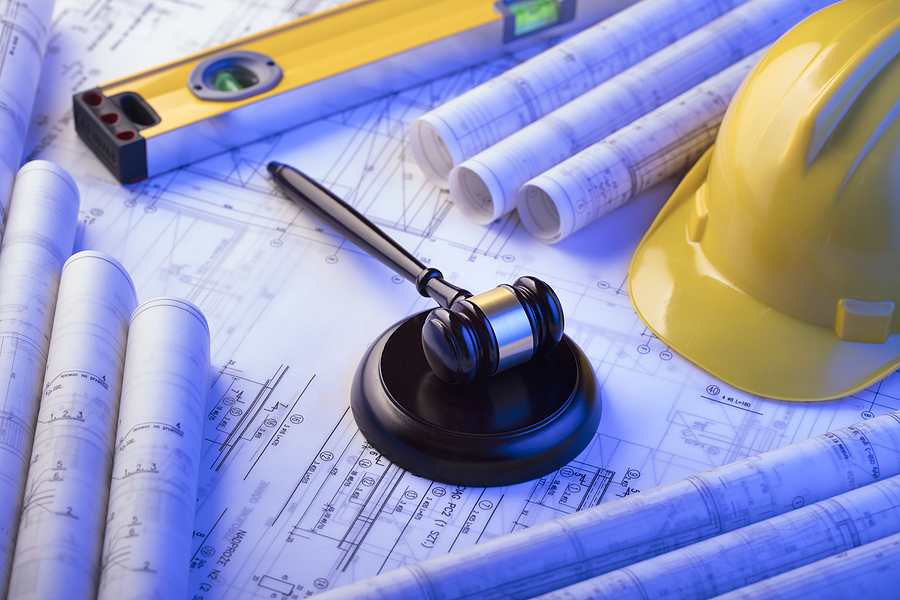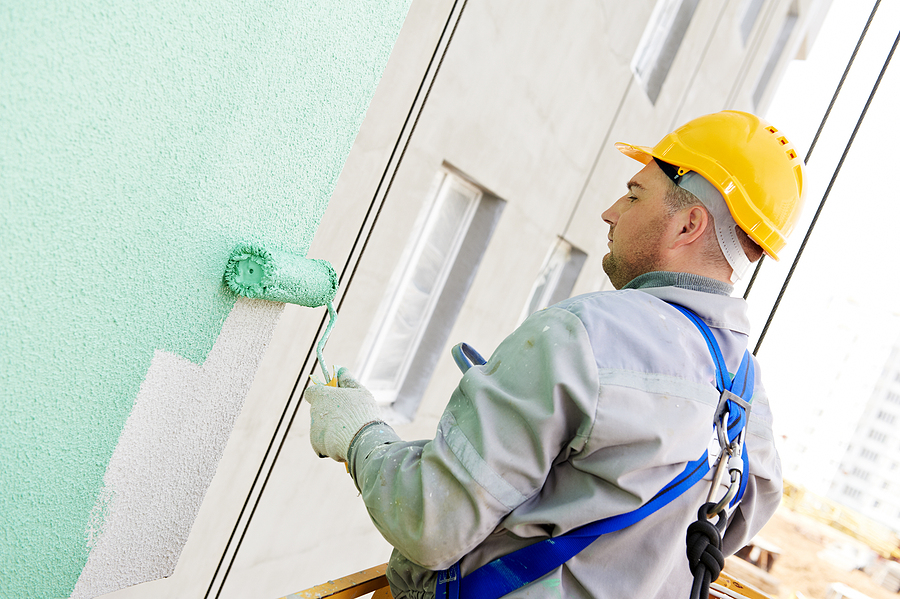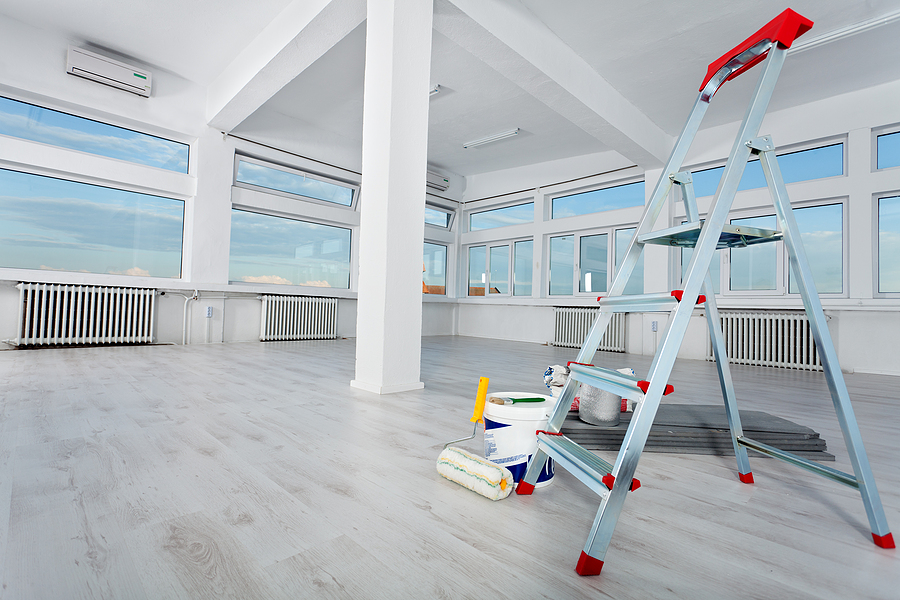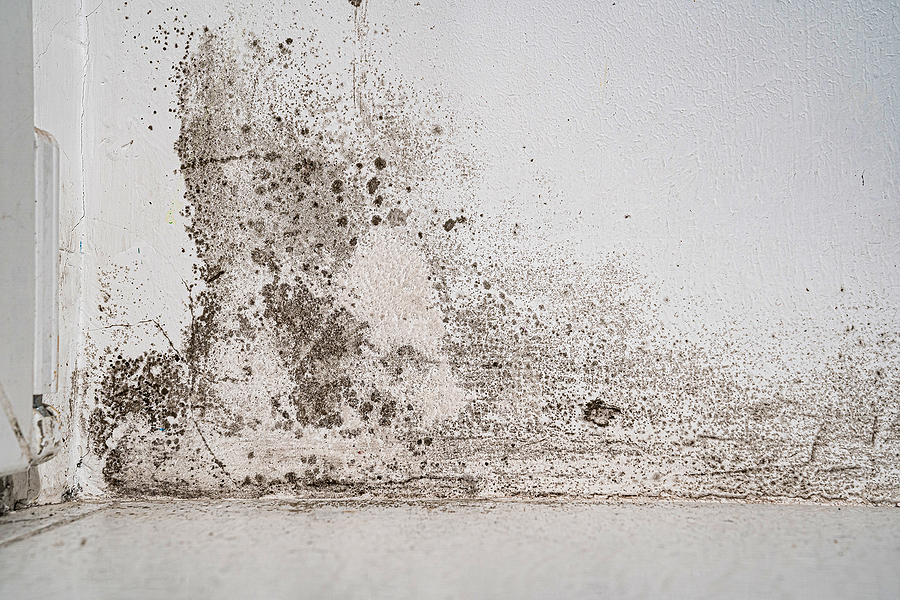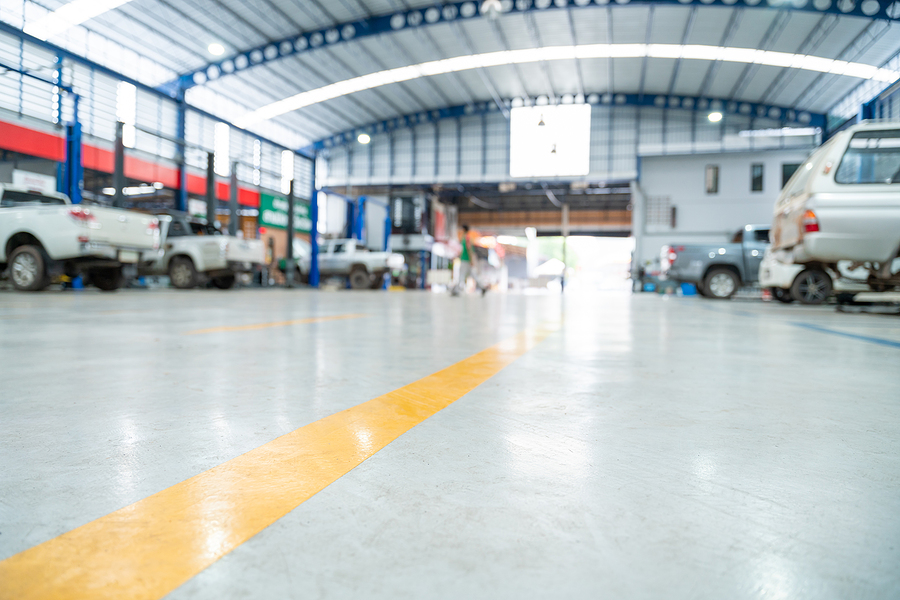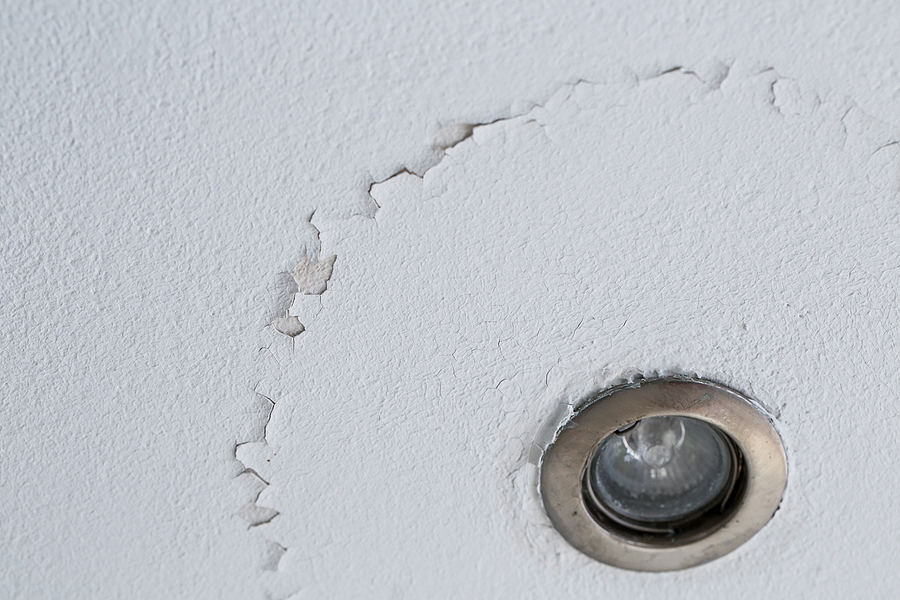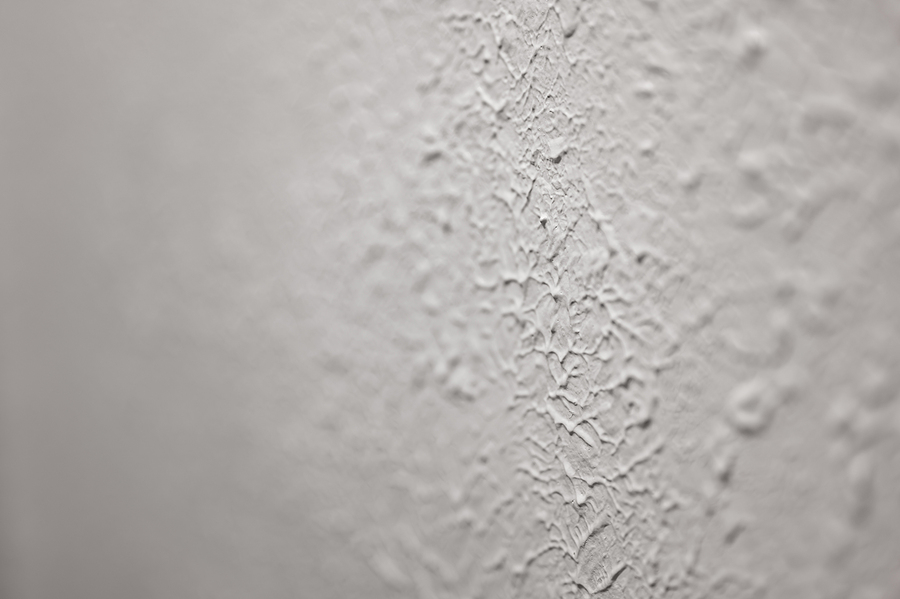Navigating the intricate world of commercial leasing can be daunting, especially when it comes to understanding complex clauses like the build-out allowance. Whether you’re a prospective tenant eyeing a new space, a landlord assessing property value, or an investor seeking the best ROI, your understanding of this critical component needs to be as polished as the walls of your up-and-coming storefront. This piece is your keystone in decoding the landlord-funded build-out allowance specifically within the legal scope and practices of Indiana.
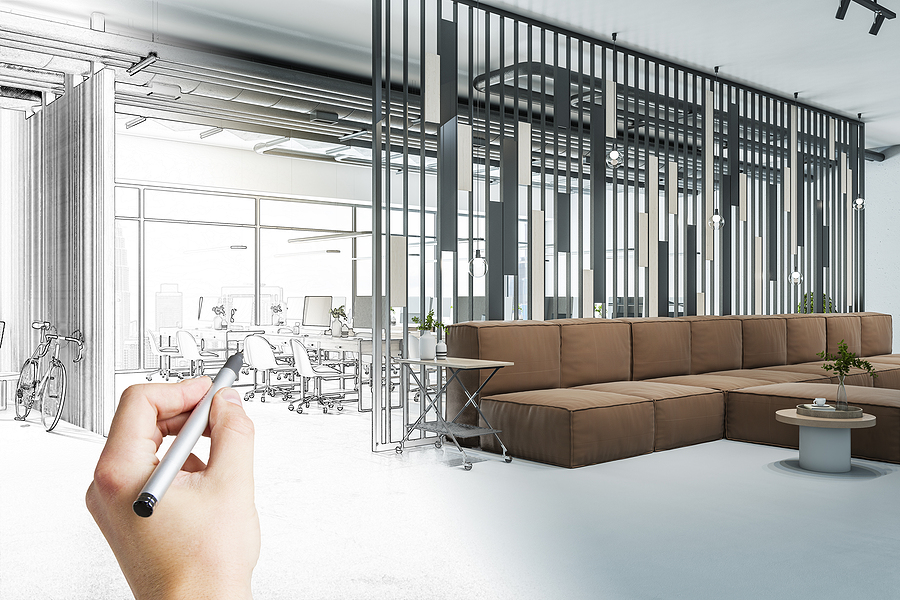
Delving Into Build-Out Allowances
Before we get into the nitty-gritty of Indiana’s build-out allowances, it’s pivotal to understand what this term encapsulates. Essentially, a build-out allowance is an agreement within commercial leases where the landlord provides funding, typically calculated in cost per square footage, to the tenant for customizing or improving the space. Significantly, this clause acts as a tug-of-war rope, shifting the cost, and, relatedly, the benefits between tenant and landlord.
The Significance for All Parties Involved
For tenants, such allowances can mean significant cost savings and the chance to tailor a space to fit their operational and branding needs without hefty upfront expenses. Meanwhile, landlords capitalize on the allure of a customized space, attracting long-term tenants and potentially increasing the property’s value.
Indiana’s Lease Landscapes
Indiana, holding its own in the commercial real estate market, has its distinct set of regulations and common practices related to build-out allowances. These rules often vary greatly from those in neighboring states, which is why a state-specific understanding is essential.
Terms and Traditions in Hoosier State Leasing
Indiana leases commonly offer build-out allowances that are more generous than tenants might find elsewhere. These allowances are not only beneficial for the tenant but are smart investments for landlords aiming to set their properties apart in a competitive market.
Laying Out Perks for Commercial Tenants
Tenants are the direct beneficiaries of build-out allowances. Actively engaging with the allowance can have a series of favorable outcomes for businesses large and small.
Cost Savings and Customization Opportunities
These allowances extend substantial cost savings to tenants, with landlords often shouldering up to 100% of the build-out costs. Beyond finances, this provision facilitates the physical manifestation of a company’s brand and culture, vital in customer recognition and staff morale.
A Boost to Property Value
Tenants armed with a well-executed build-out plan can inadvertently enhance the property’s value. A space uniquely fitted to the tenant’s operations is likely to secure longer lease terms and a more profitable asset for the landlord.
Strategies for Property Managers
Property managers serve as the bridge between tenants and landlords, and understanding how to tactfully manage build-out allowances is a craft that’s perfected with the right approach.
The Art of Negotiation
Property managers must hone the art of negotiation. They should be adept at balancing a tenant’s needs with a landlord’s financial limits, often requiring a deep understanding of the local market for cost estimation.
Timing and Financial Foresight
Managing expectations is crucial; property managers must confidently set realistic timelines and financial projections for build-out projects. Mismanagement could sour the tenant-landlord rapport and disrupt the property’s long-term performance.
Real Estate Investor Perspectives
For real estate investors, understanding the implication of build-out allowances can significantly impact their decision-making processes.
Seizing Investment Opportunities
Savvy investors are always on the lookout for properties that hold potential for value addition. Coupled with a strategic build-out allowance, such opportunities become goldmines for investors looking to maximize their returns.
Evaluating the ROI
Assessing the ROI potential of a property investment with a build-out clause is critical. It’s not just about the initial costs but also the long-term gain from having a property that’s in high demand due to customized, well-maintained spaces.
Key Takeaways
Build-out allowances in commercial leasing are not one-size-fits-all. The complexity of the Indiana statutes and the multifaceted approach needed in dealing with these clauses require informed and strategic decision-making. Tenants, property managers, and investors alike must harness their knowledge of these allowances to turn commercial real estate into a realm of opportunity rather than venture into it as uncharted territory.
By grasping the nuances of Indiana’s distinctive approach to build-out allowances, commercial parties can foster environments where tenants thrive, landlords gain, and investment potential is maximized. It’s with this concerted knowledge and action that the market will continue to evolve and grow, responding to both the economic currents and the innovative spirit that is uniquely Indiana.
Ready to transform your commercial space into a tailored, thriving business environment in Indianapolis, Indiana? Contact BAF Corporation at 317-253-0531, today! Our expert team specializes in full-service tenant improvements and commercial build-outs, ensuring your space not only meets but exceeds your expectations. Make the most of your build-out allowance with professionals who know exactly how to bring your vision to life while maximizing your investment. We serve all corporate, commercial, and industrial industries in Indy and its surrounding districts.
Related Posts:
Frequently Asked Questions About Commercial Interior Build Outs
Who Pays For a Commercial Interior Build-Out?
4 Tips for Planning a Tenant Occupied Building Renovation
